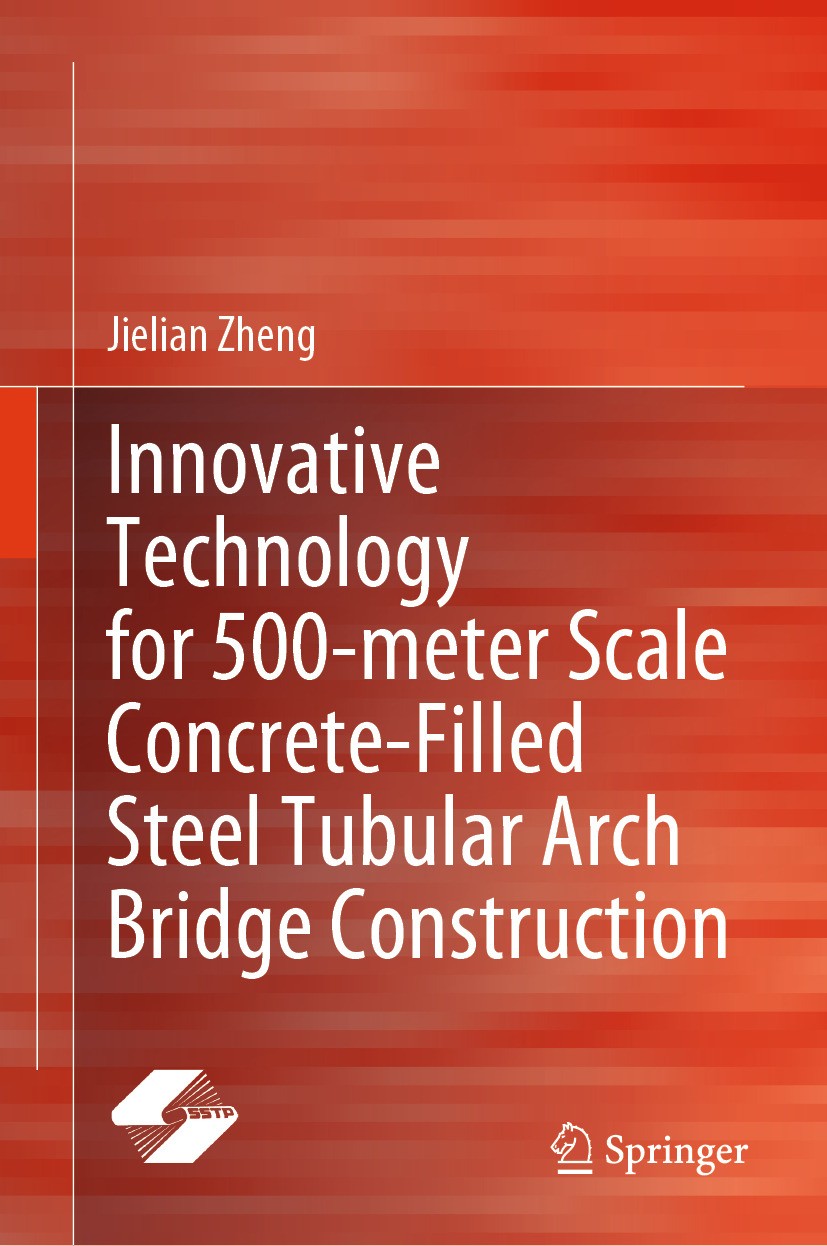| 书目名称 | Innovative Technology for 500-meter Scale Concrete-Filled Steel Tubular Arch Bridge Construction | | 编辑 | Jielian Zheng | | 视频video | http://file.papertrans.cn/477/476164/476164.mp4 | | 概述 | Describes the latest innovative design and construction technologies of CFST arch bridges.Innovates and improves in engineering practice, so the book has strong practical and guiding significance.Is t | | 图书封面 |  | | 描述 | .This present book mainly introduces the latest advancements in design and construction technologies of large-span concrete-filled steel tubular (CFST) arch bridges and steel-reinforced concrete (SRC) arch bridges with a CFST rigid skeleton. The main contents include overall introduction, structural design of the 500-meter scale CFST arch bridges, manufacture and transportation of the steel arch truss segments, design and construction of the buckling system of stayed cables, calculation method and its practice for one-time tensioning of buckle cables, preparation and pouring of the in-tube concrete, design, construction and application of the hoisting system of suspension cables, active force method for displacement control of the hoisting and buckling tower, and the state of the art of the SRC arch bridges. The major innovations of the book are generally summarized from the engineering practices of three recently built super-large-span CFST arch bridges in China, which were guidedby the author and his team. Therefore, the well-organized book is of both high practical and theoretical value...This book is a good reference for bridge design and construction professionals. Also, it se | | 出版日期 | Book 2025 | | 关键词 | steel-reinforced concrete; large-span concrete-filled steel tubular; 500-meter scale CFST arch bridges | | 版次 | 1 | | doi | https://doi.org/10.1007/978-981-97-1245-8 | | isbn_softcover | 978-981-97-1247-2 | | isbn_ebook | 978-981-97-1245-8 | | copyright | Shanghai Scientific and Technical Publishers 2025 |
The information of publication is updating

|
|
 |Archiver|手机版|小黑屋|
派博传思国际
( 京公网安备110108008328)
GMT+8, 2025-11-19 20:31
|Archiver|手机版|小黑屋|
派博传思国际
( 京公网安备110108008328)
GMT+8, 2025-11-19 20:31


